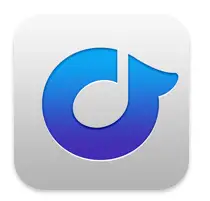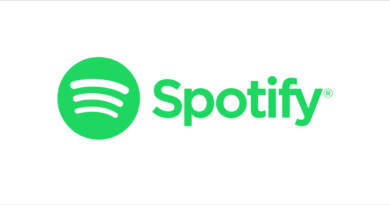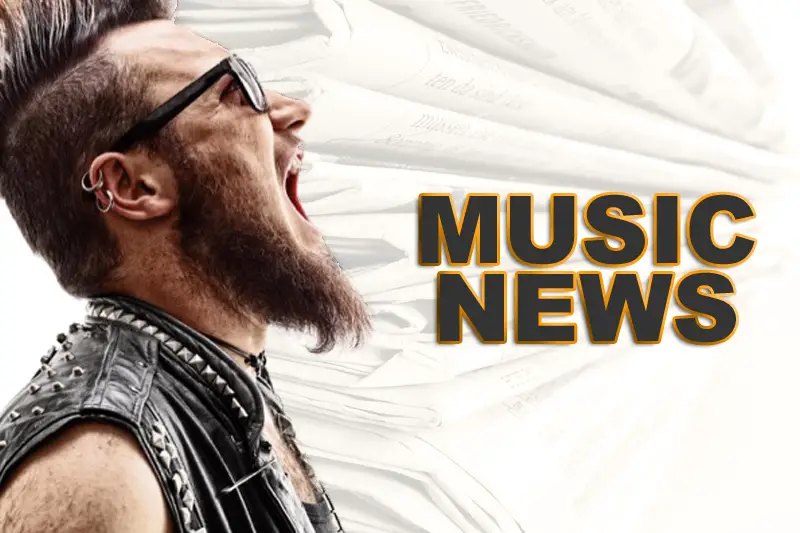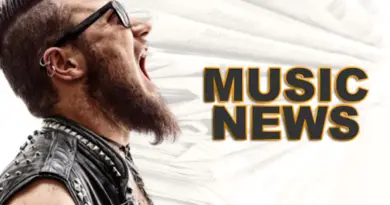
More on the Rdio Bankruptcy and Why It Should Matter to All Music Fans
Even if you’re not into using a streaming music service yet, the bankruptcy of Rdio should be on your radar because it signals that the much-needed consolidation of this space is underway. There are too many players right now: Spotify, Rhapsody, Deezer, whatever Google is doing, Tidal and a bunch of others.
Speaking to Bob Lefsetz at the Future Music Symposium at Georgian College in Barrie yesterday, he maintains that there’s for just one major player, a company that will suck up 70% of the potential user base. “Bing is a fine search engine,” he told me, “but we have Google. Why bother? Look at iTunes. That’s all we needed when it came to an online digital store! It’ll be the same for streaming. And it might not be Spotify. We’ll see.”
Rdio was the first streaming music service I ever used. It debuted in Canada in 2010, more than four years before Spotify was available here. The slick, clean interface and its abundant sharing functions made it a joy to use. I wasn’t all that enamoured with its search function when making playlists. Still, the ability to sort through up to 35 million songs from my smartphone was nothing short of magical. I was a happy subscriber.
When the company invited me to tour its offices in San Francisco, I was treated wonderfully and impressed with the attention to detail being paid in their app development department. It was a very good product.
A month later, the layoffs started. Something wasn’t right. And despite some severe cost cutting over the next couple of years, Rdio could never find is financial footing.
With the announcement of their bankruptcy this week, it was revealed that the company owed $2.4 million in fees to Sony and $1.2 million to Shazam. (They were supposed to cover my hotel costs for my visit, but somehow those receipts, er, got lost in the mail. Add me to the list of creditors.)
The Verge has this inside look at Rdio’s collapse.
It’s easy to forget now, but the first modern music streaming service to arrive in America was Rdio. Like its founders, Skype billionaires Janus Friis and Niklas Zennström, Rdio was awkwardly spelled and a little hard to pronounce. When it arrived in August 2010, the smartphone era was young enough that the company offered a $5 web-only streaming plan (on the assumption you might not have a mobile device) and a BlackBerry app (in case you had a bad one). The company’s catalog was limited to 7 million songs, well short of the 30 million tracks that it and its rivals now provide. From the start, Rdio had more product sense than business sense, and its cautious approach to growth and marketing would ultimately spell its doom.
For a solid year, though, using Rdio felt like the future. Securing label deals took so long that the app was in development for two years before it launched, and it showed in the polished product delivered by its team. There was that calming blue-and-white design, and its simple grid of album artwork — a powerful rebuttal to iTunes’ nightmare spreadsheets. There were its innovative social features, showing you what your friends were streaming in real time, and a “heavy rotation” playlist that highlighted albums based on how many friends had listened to them. “Social from the ground up — it sounds like marketing speak, but it was legit,” says Chris Becherer, Rdio’s head of product. “The founding premise was the best music recommendations come from the people you know. That was the whole idea.”
Once Rdio successfully enters Chapter 11, Pandora, the Internet radio company (they are NOT a streaming company in the same sense as Rdio and Spotify), will swoop in and acquire certain intellectual and technical assets. The Rdio brand will be wound down and will eventually disappear, although there’s no timeline for that.
The next question is “Is Pandora’s acquisition of Rdio a good thing for everyone else?” For that, let’s go to Re/Code:
f Pandora simply builds Rdio’s on-demand functionality into its platform, the market will now have three very similar services — Pandora, which would provide a data driven playlist “radio” service as well as on-demand listening; Apple Music, which has a curated Beats 1 radio channel, as well as on-demand; and Spotify, which has started rolling out a few curated shows and also generates playlists based on artists. YouTube Music, which launched last week, also offers users a chance to pick an artist and then decide what type of listening experience they want from there.
Everyone seems to be moving toward trying to do it all — but is that what users really want? And is it good for artists, especially those who don’t have big budgets or major label backing? Personally, I’m scared of a world where one company is the record label, distributor, radio station, and record store all in one.
Hmm. Good point. Read on. This whole thing is about to get really, really interesting.




Its a shame! Really. I’d being subscribed since 2010 as well, same reason, 1st streaming service I was able to join. Till when I could use it? What would happen after?
Alan, tell your friends at HMV to take over! They know how to resurrect a well death business! Just a thought
Didn’t HMV already dabble with an online music system?